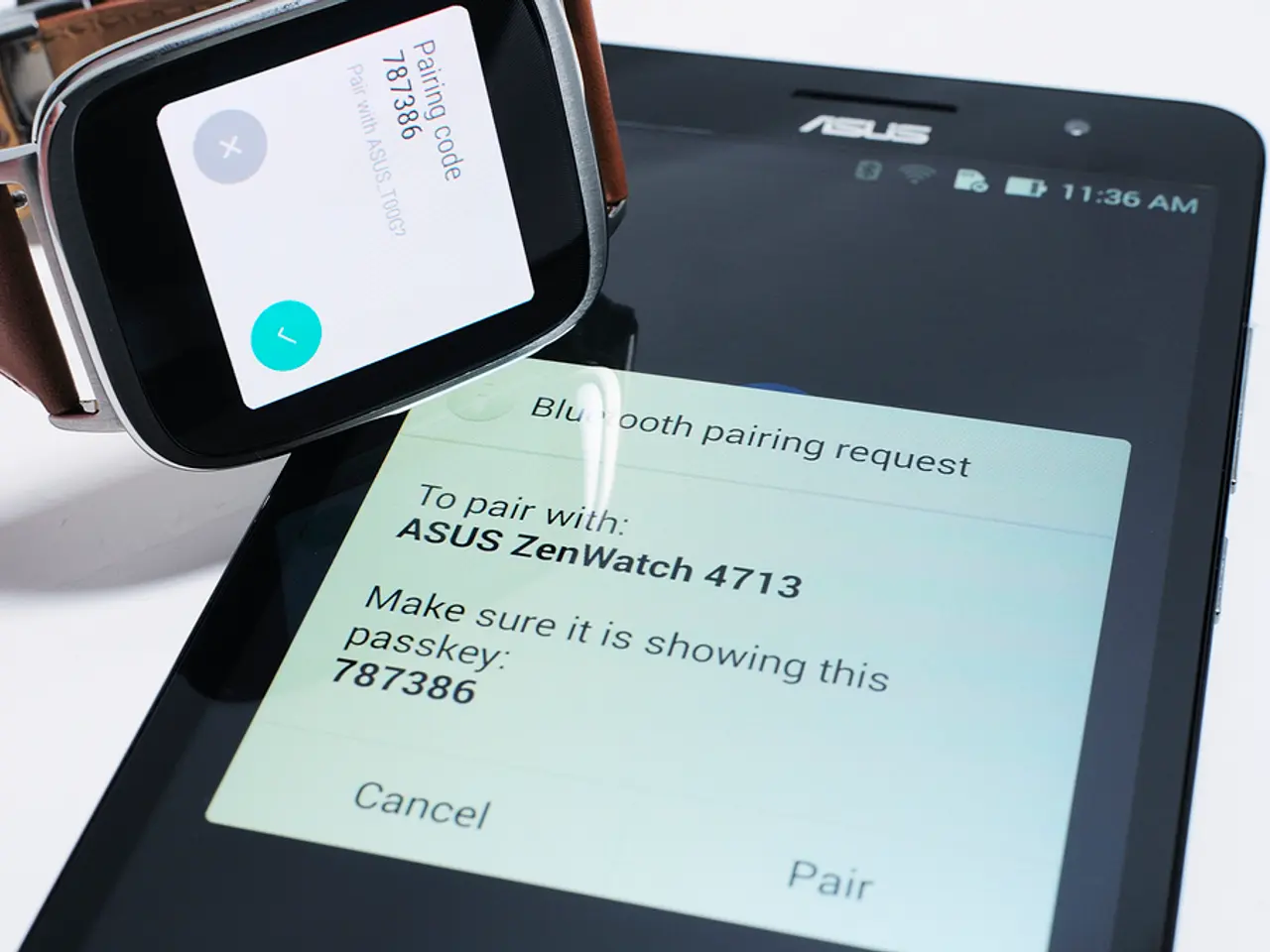Adopting elements from Apple's iPhone 17 launch: 5 features Android devices should consider
Apple has unveiled its latest offerings, the iPhone 17 lineup and the Apple Watch SE 3, promising a blend of innovation and affordability.
The iPhone 17: A Camera Revolution
The iPhone 17 boasts an impressive CenterStage camera, capable of capturing photos up to 18MP and 4K HDR videos. This advanced camera system also includes a reimagined front-facing sensor with a square aspect ratio (1:1), simplifying the selfie experience. The CenterStage camera uses AI to expand the field-of-view, ensuring more people fit comfortably in photos. A notable feature is Dual Capture recording, which allows simultaneous recording of the front and rear cameras.
Apple Watch SE 3: Affordable and Versatile
The Apple Watch SE 3, priced at $249, offers a balance of modern features and affordability. It runs the latest watchOS 26 operating system and supports 5G, making it a versatile smartwatch. The watch also offers hypertension warnings, a feature that could potentially save lives.
Android Competition
Apple's rivals are not far behind. Samsung's Galaxy Watch FE uses recycled and older hardware to hit an affordable cost, while Samsung's Galaxy Watch 8 features sensors for blood pressure monitoring, although the feature is not available in the U.S. due to regulatory reasons.
Android smartwatch manufacturers may soon be allowed to activate blood pressure monitoring on their devices, following a similar regulatory approval process to Apple's FDA clearance for its blood pressure detection system, which Apple Watch Series 11 and Ultra 3 obtained in the USA and will make available in over 150 countries starting next week.
Storage and Pricing
Apple has raised the base storage for the iPhone 17 lineup to 256GB, without increasing the price of any model. This move places the iPhone 17 ahead of Android flagships like the Pixel 10, Pixel 10 Pro, and Galaxy S25, which still start at 128GB. Apple offers up to 2TB of storage for the iPhone 17 Pro Max, though at a high price of $2,000.
A Shift in Strategies
Interestingly, Apple has incorporated several Android features, including a camera 'plateau,' into its devices. This move signals a shift in Apple's strategy, aiming to meet the needs of a broader audience.
The Need for Value-Oriented Wearables
The need for better value-oriented wearables on the Wear OS side is evident, with more Android watches adopting 5G. Most flagship Wear OS watches are limited to 4G LTE connectivity, while the Apple Watch SE 3 supports 5G, providing a significant advantage.
Health and Safety
Hypertension, a leading risk factor for heart attack, stroke, and kidney disease, affects approximately 1.3 billion adults globally. The blood pressure monitoring and hypertension warnings on the Apple Watch SE 3 and Apple Watch Series 11 and Ultra 3 could play a crucial role in diagnosing and managing this condition.
In conclusion, Apple's iPhone 17 and Apple Watch SE 3 offer exciting advancements in technology, particularly in the areas of camera capabilities, 5G connectivity, and health monitoring features. With the increased focus on affordability and value, it will be interesting to see how Apple's competitors respond.
Read also:
- Increased tariffs resulting in higher prices at Shein and other Chinese fast-fashion retailers
- Unstoppable Marvel: Chevrolet's 1000-Mile Silverado EV Rewrites Automotive Landscape
- Global Financial Hub, Hong Kong, Embraces ESG Integration in 90% of Family Offices
- Increased Development Period Due to Gravity: Lucid Embraces Expansion Phase






